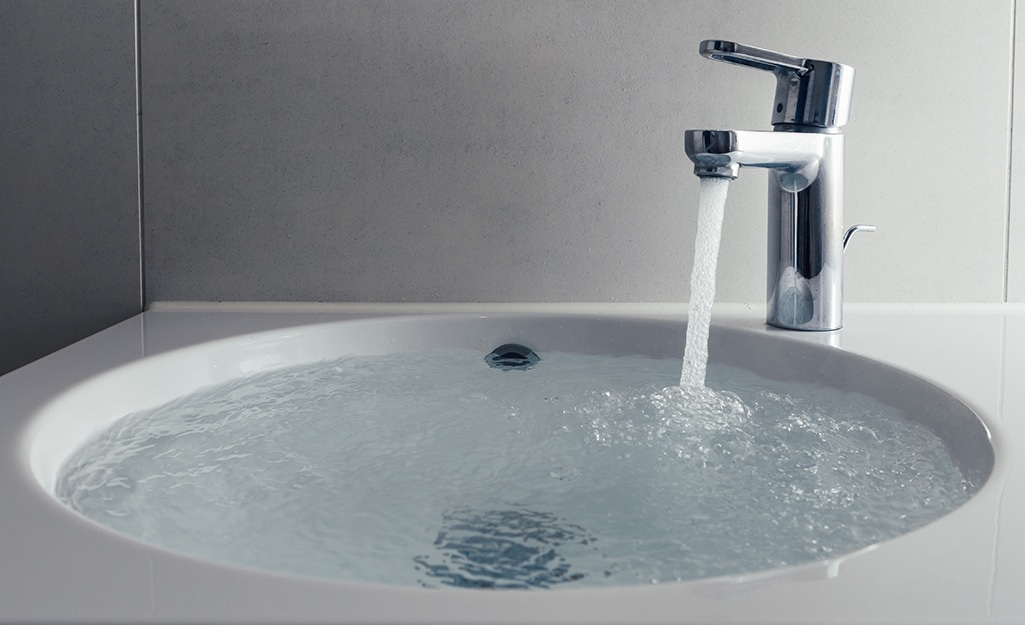Why is it that drain clogs always begin at the worst possible time? You could be making dinner for guests or getting ready to leave for work. And in these situations, there is no way that you can stop what you are doing and wait for a plumber to arrive. So you need to take matters into your own hands. Several DIY processes can save the day when your sink is being a little finicky. And none of them involve pouring a jug of caustic chemicals down the drain. That is a sure way to damage your drain pipes, be forced to rely on a licensed plumber to correct the issues, and write a big check.
Plunge It
The first step in eliminating any drain clog is to try to plunge away the object blocking the flow of water down the drain. You will want to remove all of the excess water from the sink and use a cup plunger that fits over the entire drain opening. Plunge vigorously for 30 to 60 seconds, followed by hot water to try and flush the clog away. Repeat this process up to three times to remove the blockage.
Try Homemade, And Drain Safe, Cleaner
This classic recipe is perfectly safe for your drain pipes and will not fill your house with nasty, toxic chemical fumes. Start by pouring about a cup of dry baking soda down the drain. Get as much as possible through the strainer at the top of the drain for the best results. Next, pour about a cup of vinegar down the drain. The reaction will start immediately. The mixture will begin to fizz and break up the clog.
Let the solution remain in the drain for about two minutes before flushing with very hot water. You can try this process up to three times. But be sure to rinse the drain between each application of baking soda thoroughly.
Clean The P-Trap
The p-trap is the U shaped pipe that is under every sink. It connects the sink drain to the drain pipe coming out of the wall. The lower portion of the pipe always contains a small amount of water. The water blocks the flow of sewer line gases that would otherwise flow up into your home. But the one drawback of this ingenious fitting is that it can become clogged by debris, grease, and hair.
Removing a clog from a p-trap requires removing the section of the pipe. You will want to have a bucket under the line to catch any water and debris that drains out when you loosen the slip nuts that hold the pipes together. With the section of the pipe removed, clean out any clogs, and replace it. Carefully tighten the two nuts and inspect the entire line with the water running to ensure no leaks.
Boiling Water And Soap
This process is by far the fastest and easiest of fixes, but not always the most reliable. But for a quick solution, it is worth a try and a cup of dish soap. Boil a pan, pot, or kettle of water. Pour one-third of the water down the drain and wait a few minutes. If the water does not remove the clog, pour about a third of a cup of dish soap down the drain, followed by another third of the boiling water. The soap should help to soften any grease and residue that is creating the clog. Wait five minutes and flush again with hot water from the faucet. If the clog persists, pour the rest of the water and another third of a cup of soap into the drain. Wait a minute and try plunging to destroy the clog.
If the clog is still an issue, call (301) 278-8786 to schedule a professional drain cleaning and clog removal with the pros at A Better Plumber.








